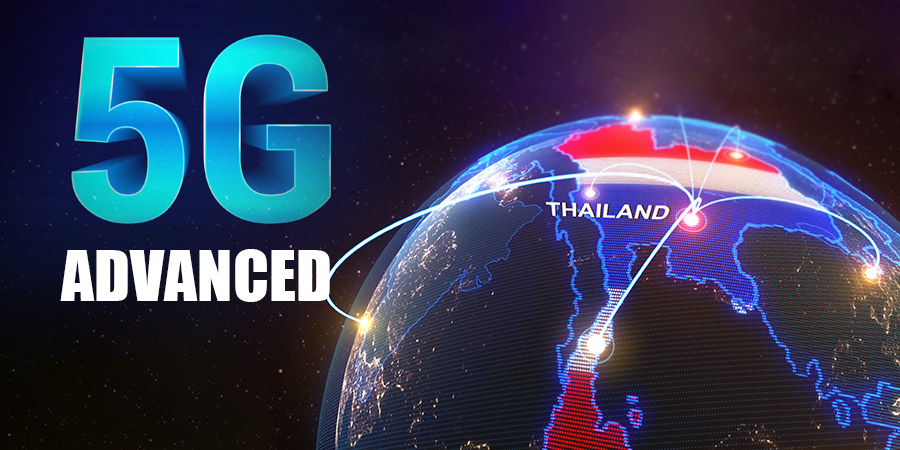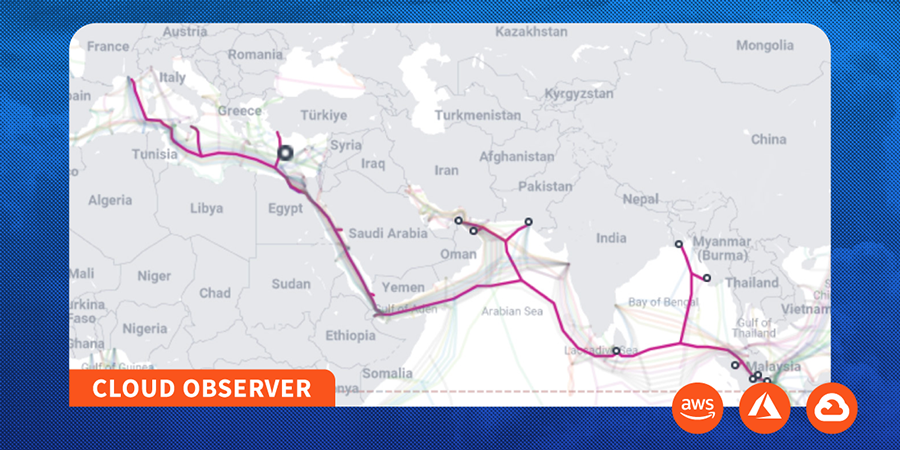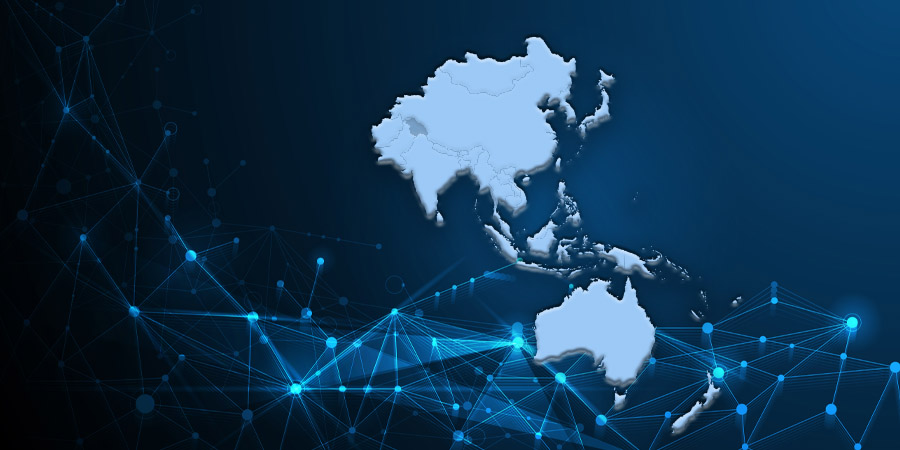Telecom companies in the Asia-Pacific region face increasing cybersecurity threats and must protect their systems and customer data. This is challenging given the ever-evolving nature of cybercrime. However, artificial intelligence (AI) and machine learning offer promising solutions. These technologies can greatly enhance cybersecurity in the telecom sector across the Asia-Pacific by enabling companies to stay ahead of threats. Implementing the right solutions can help protect infrastructure, services, and subscribers while fostering innovation.
Featured Articles
Fixed Wireless Access Transforming Digital Connectivity in Asia
Fixed Wireless Access (FWA) has had a significant impact on the telecommunications industry, resulting in transformative changes not just in Asia, but globally. This technology has rapidly evolved from a niche solution to a widely-used alternative, offering a network infrastructure that is both reliable and secure.
Dealing with Data Deluge Through Real-Time Data Streaming in the Asia-Pacific
Organizations around the Asia-Pacific region are compelled to reconsider their data management strategies due to the unprecedented volume of data that is being generated across industries during the current technological advancements.
Asia-Pacific's Fiber Frontier: A High-Speed Adventure to 2030 and Beyond
The Asia Pacific fiber optics market anticipates a robust compound annual growth rate (CAGR) of 9.0% from 2023 to 2030. The region is undergoing a technological transformation, emphasizing smart cities, Internet of Things (IoT) integration, and advancements in healthcare systems.
Expanding Cloud Infrastructure and Rapid Adoption Reshape India's Landscape
India is a significant growth market for cloud service providers, and many have increased their presence in the country in recent years. This is attributed to India's swiftly expanding digital economy, where a growing number of businesses and individuals utilize cloud-based services to enhance productivity and efficiency.
Thailand's Quantum Leap: Achieving 5G-Advanced Mastery in 2023
Thailand has emerged as a trailblazer, paving the way for 5G innovation. Renowned as the world's premier 5G market, Thailand's commitment to propelling the latest mobile communication technologies forward is not merely a vision but a tangible reality.
Subsea Cable Maintenance Impacts Cloud Connectivity
By Doug Madory, Director of Internet Analysis, Kentik
Asia-Pacific Companies and the Digital Landscape: Hurdles and Prospects
Companies in the Asia-Pacific region face obstacles in their journey towards digital transformation. Integrating new technologies into operations, supply chains, and customer experiences requires rethinking strategies, but with the right digital roadmap, they can pave the way for long-term success. However, leaders must first assess weaknesses in legacy systems and tech expertise among staff. Despite the rocky terrain ahead, those who adapt now stand to reap substantial rewards in the future.
Connecting the Region: A Look at the Top Telecom Vendors and Providers in the Asia Pacific
Telecommunications profoundly influences our daily routines, often imperceptibly. Consider the iPhone's impact or the convenience of GPS navigation. Telecom companies are largely responsible for these conveniences. In the Asia Pacific, the telecom sector yields over USD 500 billion annually, highlighting its significant success.
Emerging Trends in ICT for Improved Business Productivity
Over the years, the information and communication technology (ICT) industry has played a vital role in driving innovation and enhancing productivity. In order to maintain a competitive edge, it is essential for businesses to closely monitor and adapt to emerging trends in ICT. From artificial intelligence (AI) to the Internet of Things (IoT), these technologies are revolutionizing the way organizations function and engage with their customers.
















